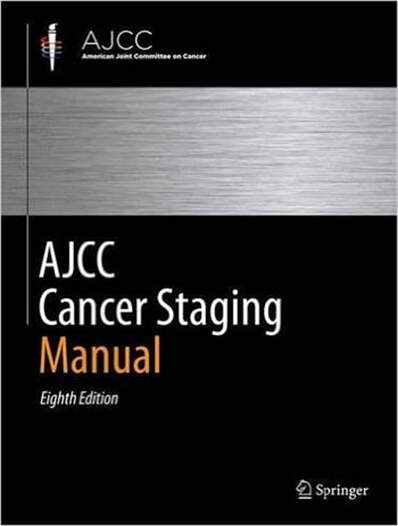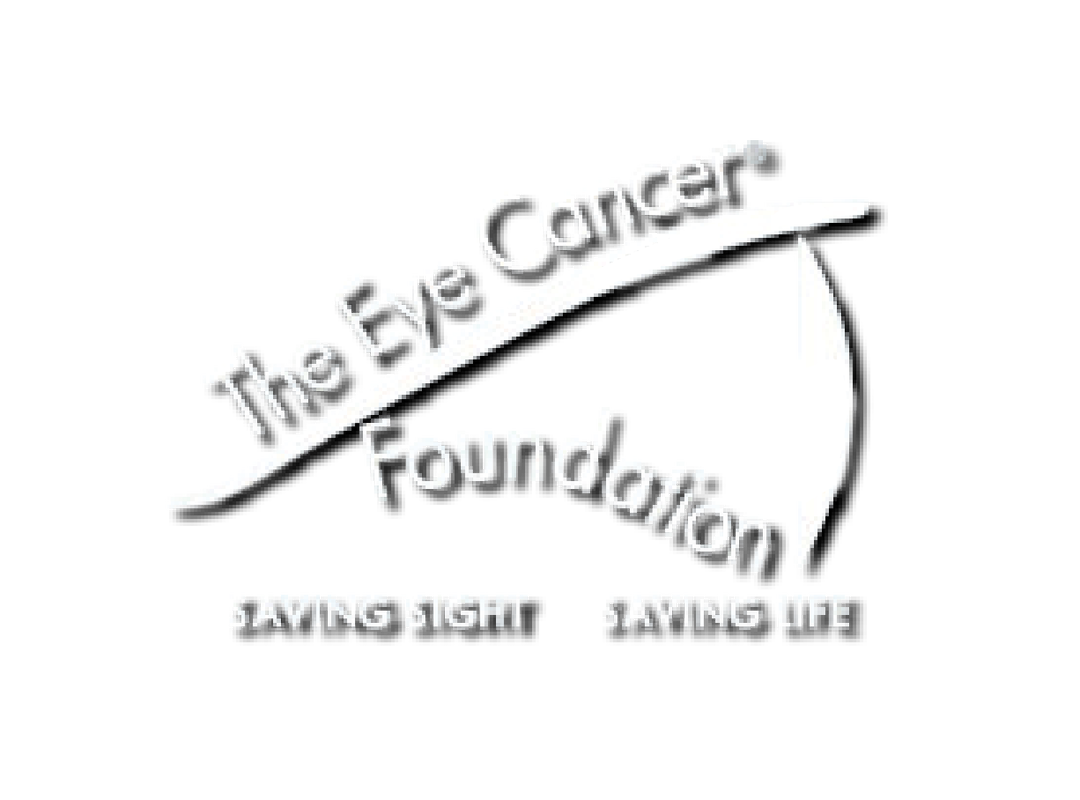Apples or Oranges?
“Sharing a common scientific language (staging systems) allow us to communicate our ideas and enable progress” writes Dr. Paul T. Finger in Foundational Elements for Collaboration in Ophthalmic Oncology; a recent editorial published for the American Academy of Ophthalmology.
Communication is vital in nearly all areas of life, and the medical field makes no exception. In order for doctors to compare their results, they must describe the stage (size and distribution) of the cancer they are treating. This is the only way oncologists can effectively discuss and coordinate the care for patients around the world. And towards this goal, Dr. Finger as Chair of the Ophthalmic Oncology Task Force for The American Joint Committee on Cancer has worked over 12 years to create, write, and publish three editions of The AJCC Cancer Staging Manual and most recently its sister equivalent for the UICC.
Communication is vital in nearly all areas of life, and the medical field makes no exception. In order for doctors to compare their results, they must describe the stage (size and distribution) of the cancer they are treating. This is the only way oncologists can effectively discuss and coordinate the care for patients around the world. And towards this goal, Dr. Finger as Chair of the Ophthalmic Oncology Task Force for The American Joint Committee on Cancer has worked over 12 years to create, write, and publish three editions of The AJCC Cancer Staging Manual and most recently its sister equivalent for the UICC.
As Dr. Finger explains, the AJCC staging system was made from the collective effort of 10 subcommittees, composed of more than 50 eye cancer specialists across the world. These doctors came together to develop a clinically useful textbook describing, with rigorous detail, the methodology of classifying eye cancers. In fact, working together, these systems represent the greatest consensus work yet created by the eye cancer specialty.
You may have heard of a tumor classified as “stage 2” or “stage 4”, benign or malignant, and so on, but how do doctors come to this conclusion? Staging a tumor relies on rules on how to measure and locate tumors in the eye and/or thought the body. By gathering a large profile of data from tumor patients, the AJCC team has also analyzed how tumor size or failure of initial treatment can be used to predict the risk for metastasis.
With this common staging system shared between doctors from The United States to Indonesia, patient care is streamlined and made more effective. The AJCC’s wide pool of data allows for a more precise system, which is tremendously useful for eye cancer specialists otherwise unable to access international resources. This is the immediate effect of doctors adopting this system, but the long term effects are equally as influential.
To read the editorial in which Dr. Finger discusses the textbook's creation at length, please click here. And to stay updated on all Eye Cancer Foundation news, as well as information on the latest eye cancer research, please keep eyecancercure.com in your bookmarks!
Receive the latest news and opportunities from The Eye Cancer Foundation. Please fill out the form below.
You may have heard of a tumor classified as “stage 2” or “stage 4”, benign or malignant, and so on, but how do doctors come to this conclusion? Staging a tumor relies on rules on how to measure and locate tumors in the eye and/or thought the body. By gathering a large profile of data from tumor patients, the AJCC team has also analyzed how tumor size or failure of initial treatment can be used to predict the risk for metastasis.
With this common staging system shared between doctors from The United States to Indonesia, patient care is streamlined and made more effective. The AJCC’s wide pool of data allows for a more precise system, which is tremendously useful for eye cancer specialists otherwise unable to access international resources. This is the immediate effect of doctors adopting this system, but the long term effects are equally as influential.
To read the editorial in which Dr. Finger discusses the textbook's creation at length, please click here. And to stay updated on all Eye Cancer Foundation news, as well as information on the latest eye cancer research, please keep eyecancercure.com in your bookmarks!
Receive the latest news and opportunities from The Eye Cancer Foundation. Please fill out the form below.



